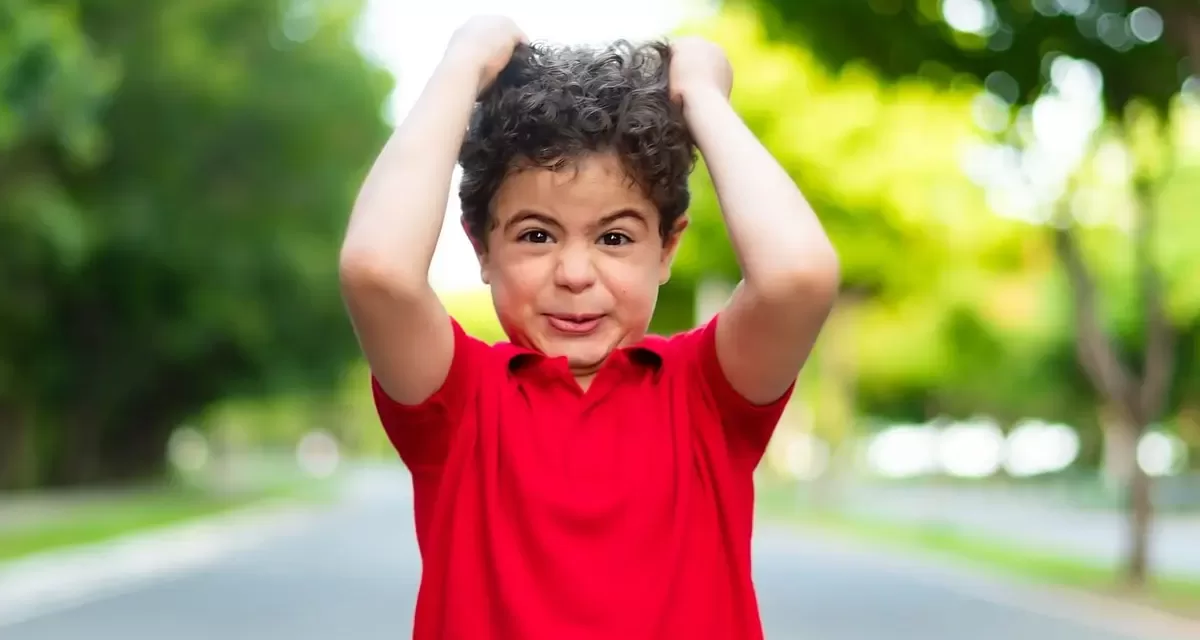Have you ever wondered why we say we’re “pulling our hair out” when stressed? While the phrase may sound exaggerated, science reveals that our hair can indeed hold secrets about our stress levels. Recent research has uncovered that children with behavioral issues have higher levels of cortisol—a stress hormone—stored in their hair, providing a new perspective on chronic stress.
Cortisol: The Stress Hormone in Hair
Cortisol is often referred to as the “stress hormone,” and it plays a vital role in our body’s response to stress. Traditionally, cortisol levels have been measured through blood, saliva, or urine samples, offering insights into short-term stress. However, these measurements only capture stress at a specific moment, much like checking the speed of a car at one instant.
Hair, however, offers a more long-term record of stress. As cortisol accumulates in hair follicles, it provides a way to measure chronic stress over time.
Dr. Ane Arregi-Otxotorena, a researcher at the University of the Basque Country (UPV/EHU), explains this concept with a simple analogy: momentary stress is like realizing you forgot your wallet just as you’re about to make a purchase, while chronic stress is the persistent worry of not being able to afford daily necessities.
Hair as a Window into Chronic Stress
Arregi is part of the Basque Environmental Health Research Group (B-EHRG), which conducted a study on 11-year-old children using hair samples to measure chronic stress. The study, supported by the INMA project—a long-term research initiative that gathers data on children and families—revealed that children with significant behavioral problems exhibited higher levels of cortisol in their hair.
The study also drew a surprising connection between maternal stress and children’s behavioral issues, suggesting that children might mirror their mothers’ stress through their own behavior. This revelation adds to the growing understanding of how family dynamics contribute to children’s mental health.
Noise and Stress: An Unexpected Finding
In a twist, the research also uncovered that children exposed to higher levels of environmental noise had lower levels of cortisol in their hair. Initially, noise can spike cortisol levels, but chronic exposure appears to have the opposite effect. However, this correlation was significant only in boys, adding complexity to how noise impacts stress levels.
Arregi and her team are planning to replicate this research as part of a larger European project, Horizon 2020, to further investigate these findings.
Understanding Stress in Children
Stress in children is shaped by a mix of environmental, social, and individual factors. These include exposure to green spaces, pollution, and noise, as well as family dynamics and personal habits like sleep and physical activity. According to Arregi, understanding how these elements contribute to stress is essential to create accurate models for measuring cortisol levels in hair.
“From now on, the model will allow us to find out which variables should be taken into account when measuring the cortisol level in the hair and which should not,” she said.
Implications for Public Policy
As we continue to learn about cortisol levels in hair, this research could pave the way for more effective public policies. By understanding how environmental exposures influence chronic stress, policymakers may be able to implement targeted interventions to reduce stress in vulnerable populations.
“We believe that hair cortisol may be a useful tool when assessing how environmental exposures impact chronic stress,” noted Arregi. The findings may help create public health strategies that protect children and adolescents—two of the most vulnerable groups affected by chronic stress.
This research was published in the journal Hormones and Behavior and highlights the need for continued exploration into the factors that shape chronic stress in young people.












